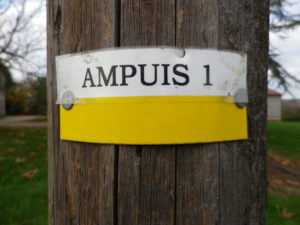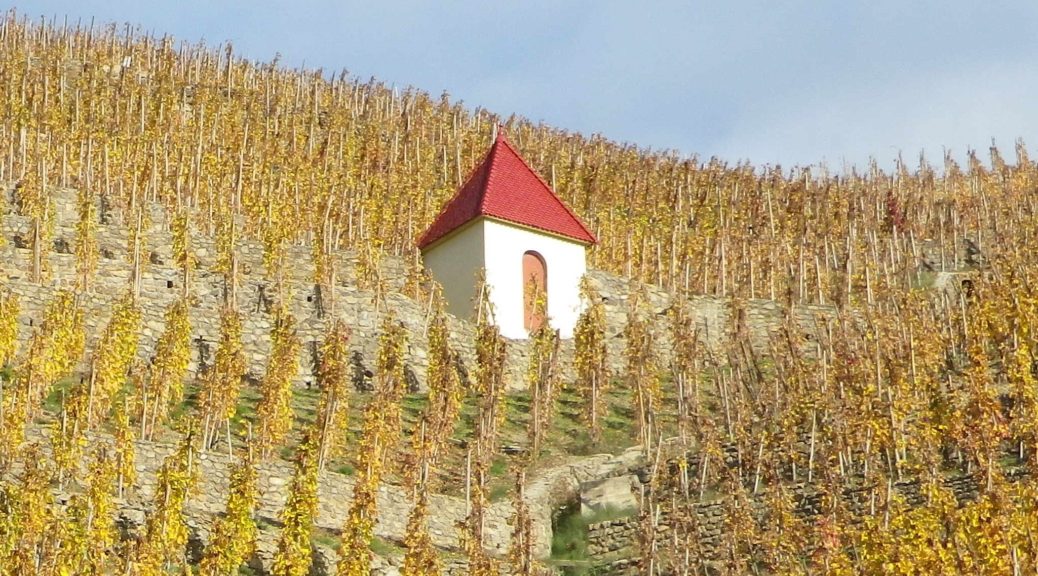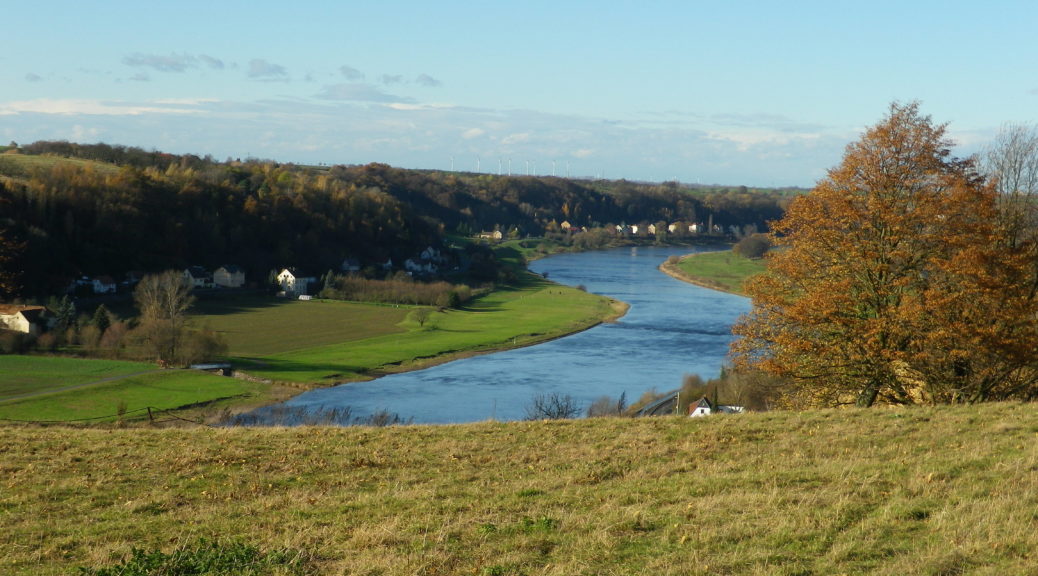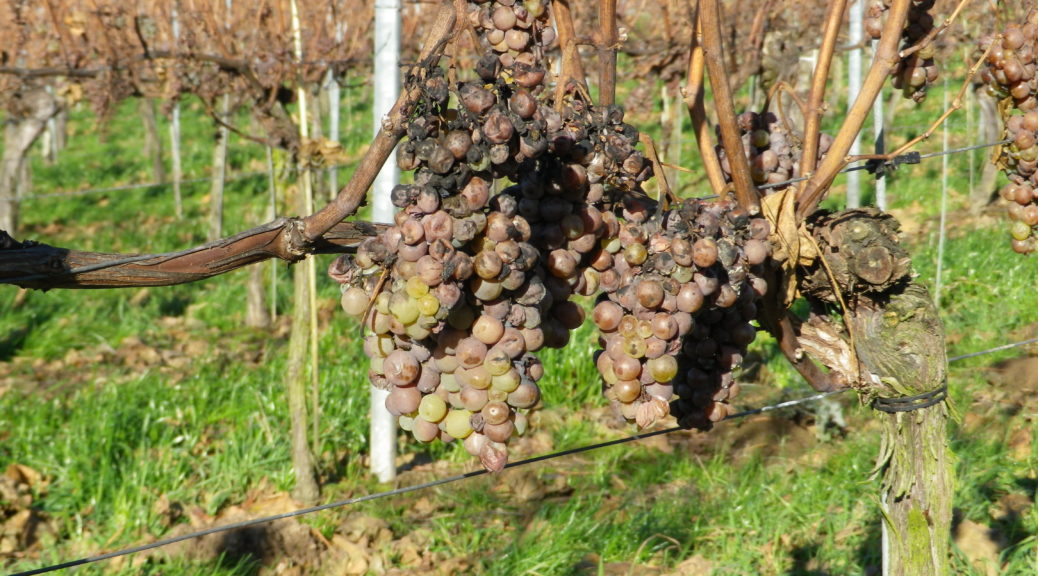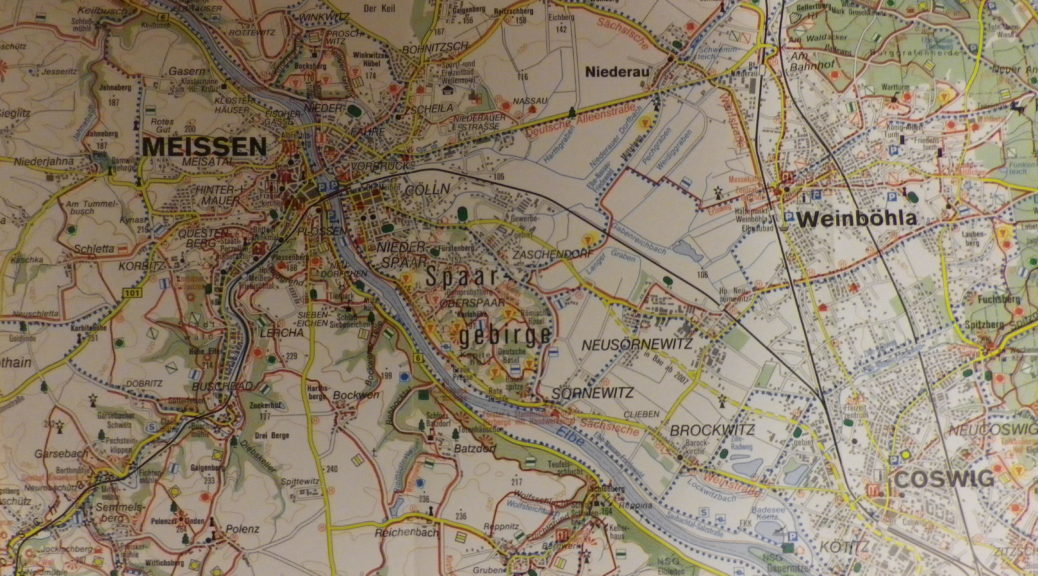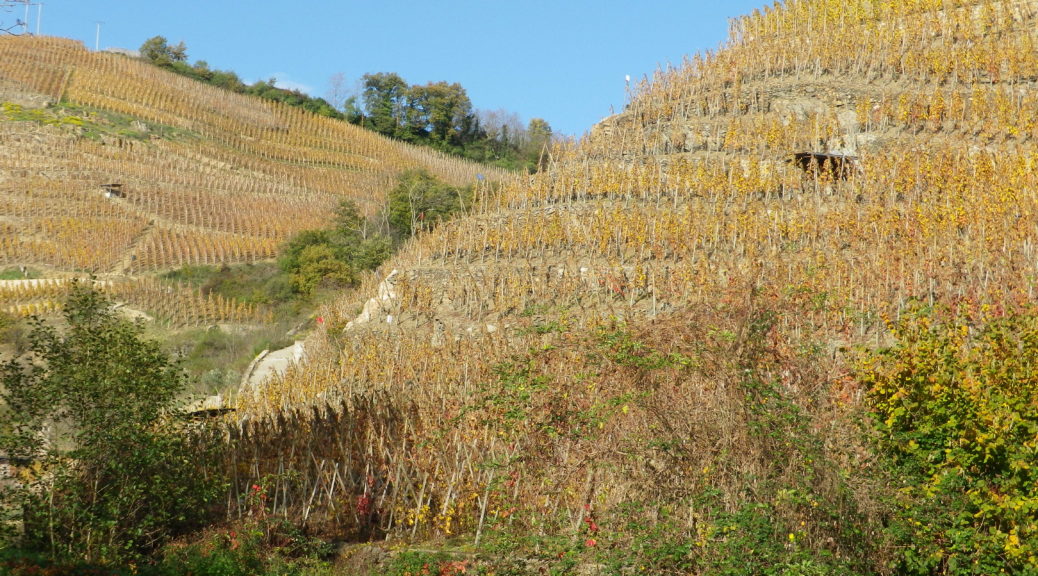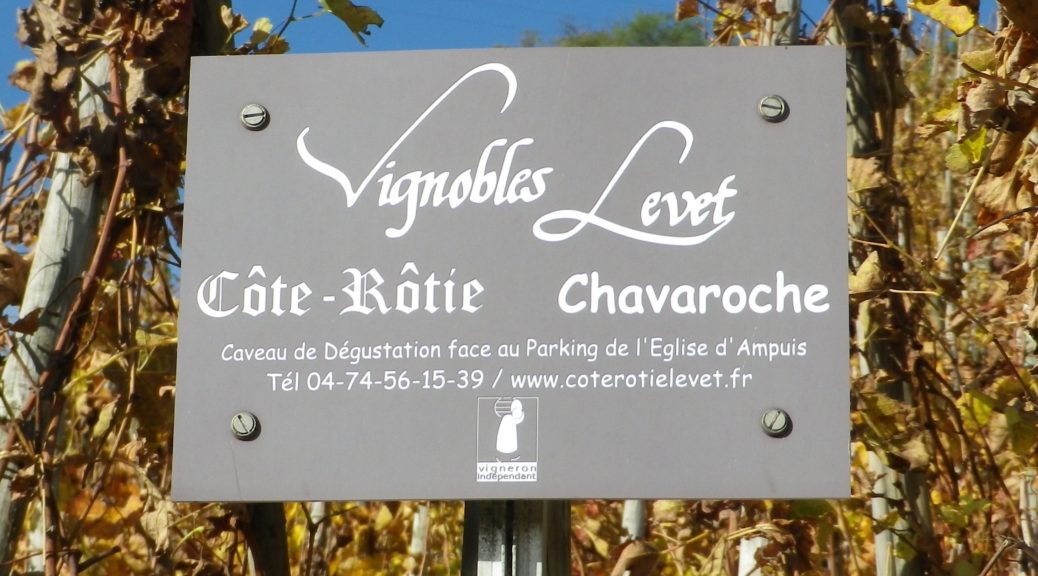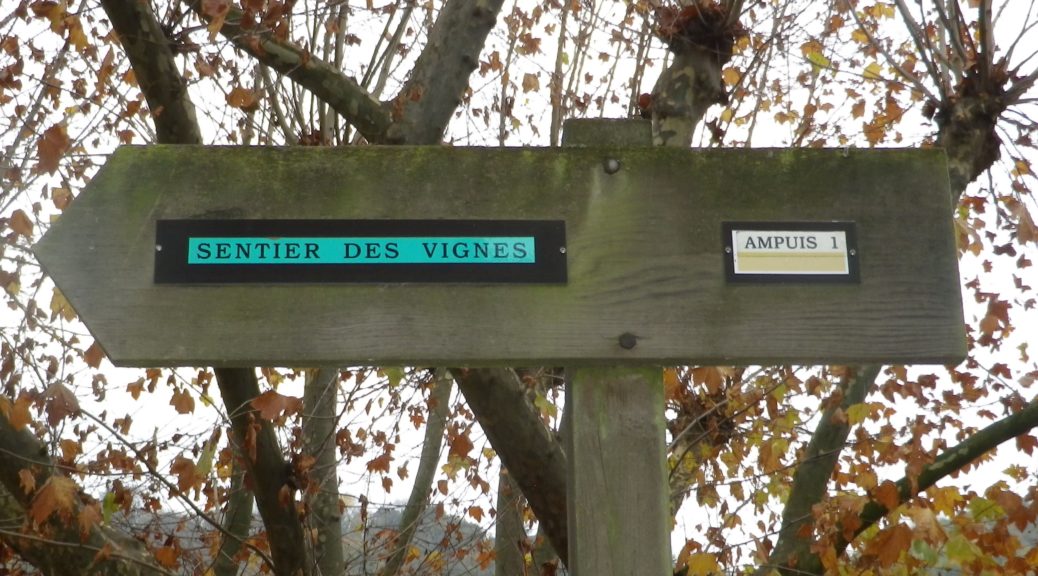Monthly Archives: December 2018
Wine in Saxony
Germany’s eastern-most wine producing region is in the region of Saxony, starting not far from the eastern borders Germany shares with Poland and the Czech Republic. Culturally, Saxony has a lot on offer for any culture maven; Historically, from the Carolingian era forward, Saxony played a tremendous role in the political vicissitudes of the German speakers in this region of central Europe, with monuments of all sorts to prove it; Additionally, the Saechsische Schweiz (Saxon Switzerland) region, with its famous rock formations like the Bastei and Lilienstein, provides magnificent hiking trails for visitors to enjoy!
Naturally, the hiking trail I chose was a wine-themed trail. This far east and north, vines usually require a body of water to help moderate the temperatures. In this case, the vineyards primarily flank the right bank of the Elbe River. The trail itself followed through these vineyards, and through several villages, towns and cities associated with wine-making. This trail, almost 90 kilometers long, covers much of the vineyard area for which this part of Saxony is famous, interrupted, if you will, by the huge city of Dresden. Not having time to complete the whole trail, I had to choose one segment. I had previously visited Dresden, itself an important city culturally and historically, but never got to Meissen, home to the famous porcelain factory. Thus, I decided to start in vineyards on the southern edge of Meissen, and hike to the end of the trail.
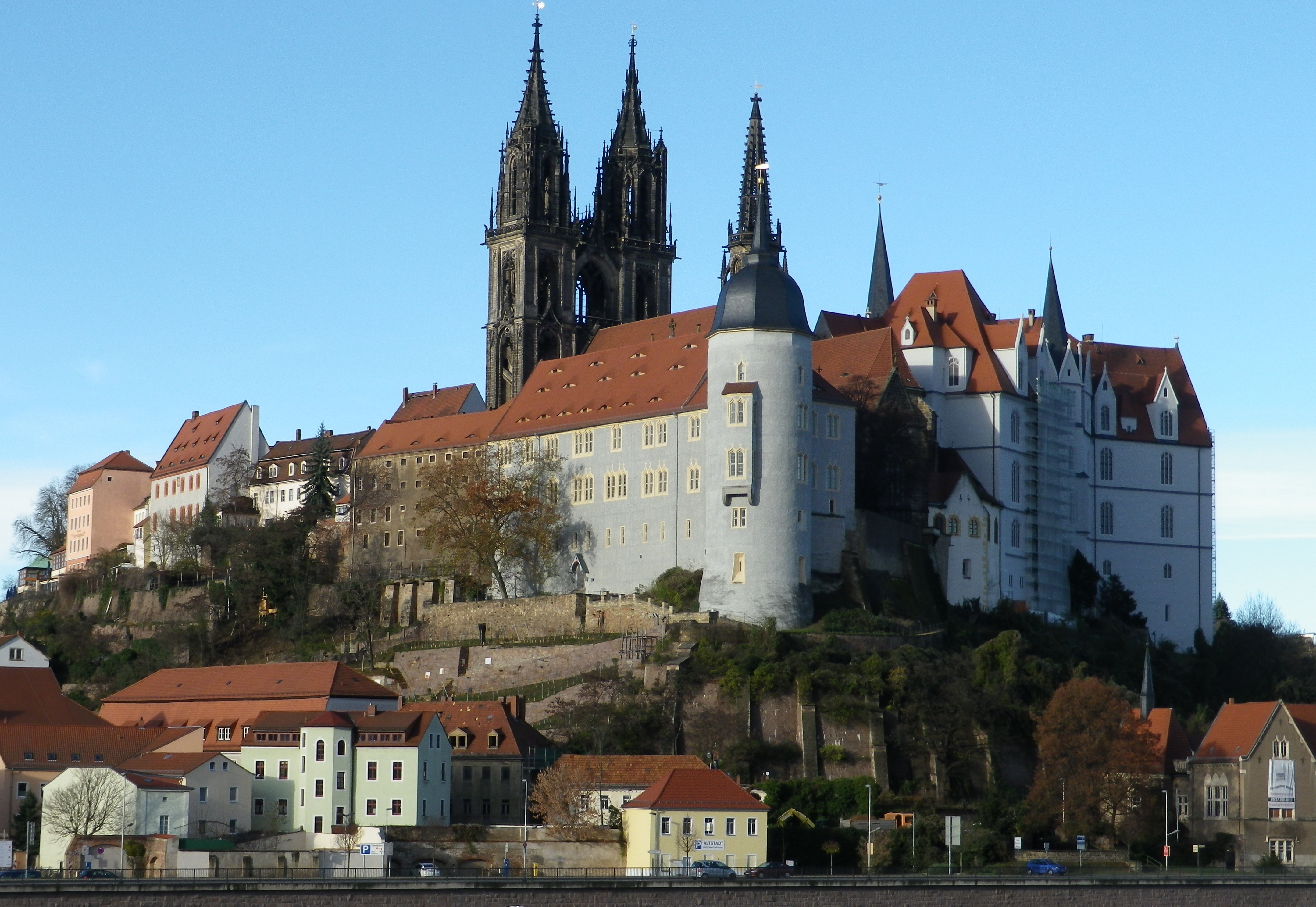
Wine Notes: Saxony
What I Learned
Winemaking came comparatively late to the German wine region of Saxony. According to legend, the noble Bishop of Meissen, Benno, was the first to introduce vines to this area around the year 1100. These first vines were supposedly planted near the mount of Meissen, where the castle and cathedral now stand. About 60 years later, wine-making in Meissen was historically documented. While not the northern-most wine region in Germany, it is the eastern-most wine region, being rather close to both the Polish and Czech borders. Here, the wine region’s vineyards follow the course of the Elbe River, as it enters German from the Czech Republic. The majority of the vineyards are on the right bank (eastern side) of the river, on the south and west facing slopes. With only about 500 hectares (about 1250 acres) ranging along about 50 kilometers of the Elbe, it is one of Germany’s smallest designated wine regions.
Saxon Wine Trail: Trail in a Nutshell
Trail Name: Saxon Wine Trail (Saechsische Weinwanderweg)
Trail Type: Long distance trail; varied surfaces, but mostly paved or hard parked earth, well maintained, and well-marked.
Length:
Total: 88.5 kilometers/55 miles
Last (my) stage: Meissen to Diesbar-Seusslitz: @18 kilometers
Convenient to: Meissen, or Dresden, Sachsen (Saxony), Germany
Marking: Red grapes within a red-lined circle on a white background
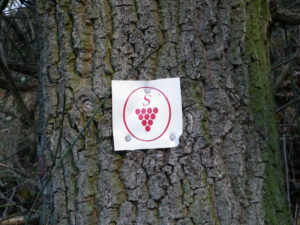
Blond or Brunette?
When I began this hike, I had little idea how delicious the Appellation Cote Rotie wines could be! I had not really considered the potential for difference between a Cote Blonde or Cote Brune wine, especially given the varietals allowed. Once again, I found that hiking this terrain, this “terroir,” opened my horizons in more ways than one.
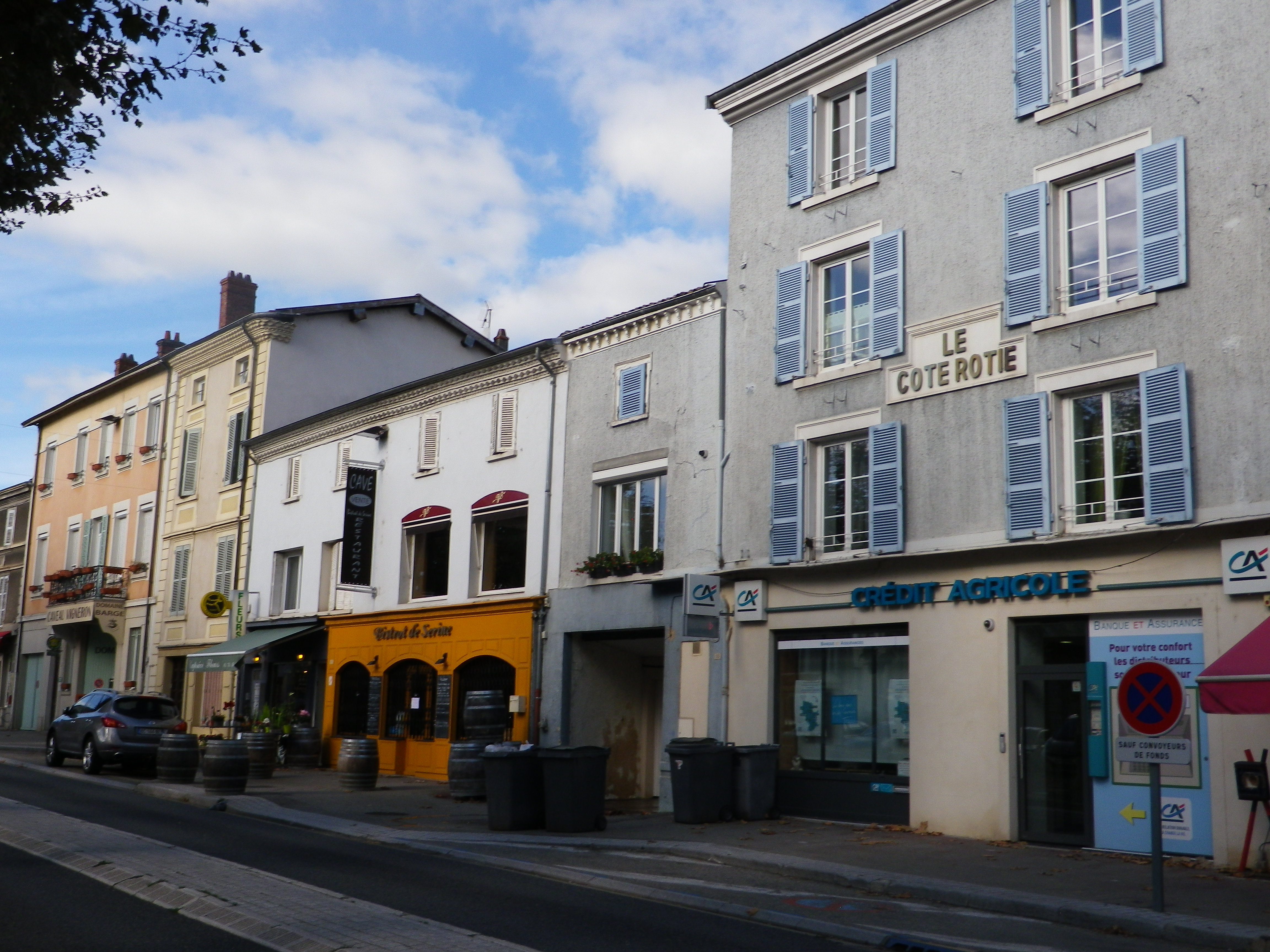
Wine Notes: Cote Rotie
What I Learned
France’s great Northern Rhone River Valley appellations begin about 20 miles downriver from Lyon by Ampuis. Eight appellations in total from north to south, the famous Cote Rotie appellation, on the river’s right bank, is where some of the worlds famous vineyards and wines begin.
The appellation begins in Saint Cyr-sur-le Rhone, and ends in Tupin-et-Semons. Ampuis, in the middle, is particularly well situated as its slopes face in a more southerly direction. Vines have been planted on the slopes overlooking Ampuis for over 2500 years. The town has two famous slopes: Cote Brune and Cote Blonde. Legend says that these names arose when the local count provided the slope now known as Cote Blonde as a dowry for his fair-haired daughter, and the slope now called Cote Brune for his brunette daughter. The soil in this appellation is an iron-rich schist soil, overlaid by limestone and granitic components. Some wine enthusiasts find in general that, due to slight soil differences, Cote Blonde produces a softer style of wine, and Cote Brune, with more clay in the soil mix, tends to result in bigger and more powerful wines.
Sentier des Vignes: Trail in a Nutshell
Trail Name: Sentier des Vignes (a Ampuis)
Trail Type: Short distance circuit; varying surfaces, from tarmac/concrete (about half) to earthen, to loose gravel, fairly well maintained, and fairly well marked.
Length: 7.1 kilometers/4.4 miles
Convenient to: Lyon or Vienne, France
Marking: Black lettering “Ampuis 1” on yellow and white (beginning at Route de la Brocarde)
